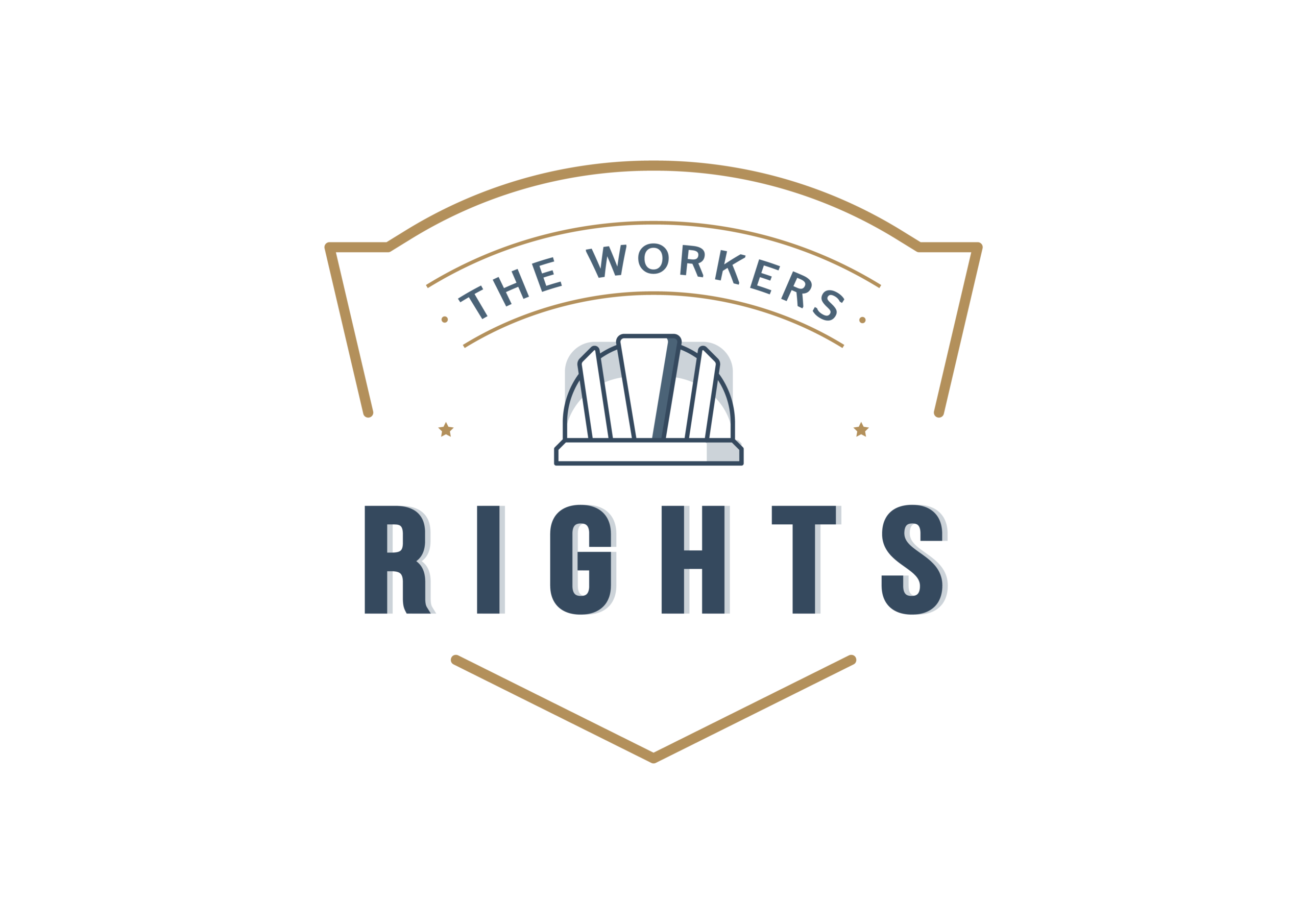
Protecting Workers from Discrimination, Harassment, and Retaliation
Every worker has the right to a safe and fair workplace. Nonetheless, many employees suffer discrimination, harassment, and unfair treatment. Workers are protected by both federal and state laws and must be treated with respect.
What Is Workplace Discrimination?
Discrimination against a worker is when an employer treats him unfairly because of:
- Race, color, or national origin
- Gender or sexual orientation
- Religion
- Age
- Disability
- Genetic information
Depending on the number of employees, some businesses are not subject to discrimination laws. In such cases, the employees must check if their employer falls under the domain of these rules.
How to Report Workplace Discrimination
If you face discrimination, you can report it to the Equal Employment Opportunity Commission (EEOC) by:
- Filing an online inquiry.
- Scheduling an interview with an EEOC officer.
- Filing an official complaint.
- Important: The majority of discrimination cases must be filed within 180 days of the incident.
Reporting to Local Authorities
States have their own Fair Employment Practices Agencies (FEPA). If your claim violates both state and federal laws, FEPA will refer the complaints to the EEOC.
For federal employees and contractors:
The government employees should file a complaint with the agency’s EEOC office in 45 days.
Federal contractors could file complaints with the Office of Federal Contract Compliance Programs (OFCCP).
Understanding Workplace Harassment
Harassment includes any act that is imposed on another person and which makes the working environment hostile. It can be:
- Verbal abuse
- Physical threats or violence
- Intimidation or bullying
- Offensive pictures or objects
Sexual Harassment
Sexual harassment includes sexually unwanted advances, inappropriate jokes, and requests for sexual favors. When it develops into the illegal presentation of an unsafe or hostile work environment, the employer treats people inappropriately in the matter of termination or promotion.
Situation of harassment:
- Document everything- Keep records of incidents, dates, and people involved.
- Take it to HR or management.
- You can file a complaint with the EEOC or join with state FEPA.
- Explanation of Workplace Retaliation:
Retaliation occurs when one punishes the employee for voicing concerns of harassment or discrimination. It can include:
- Termination or demotion
- Denial of promotions/benefits/bonuses
- Threat or coercion
Some examples of protected activities are:
– Reporting discrimination/harassment
– Being a witness in an investigation
– Speaking out against unfair treatment
If that happens, you may file a complaint with the EEOC and, if warranted, take legal action.
How to prevent workplace harassment
Employers shall provide a workplace that is free from harm and is respectful by
- Having a clear anti-harassment policy
- training of employees and managers on how to recognize harassment and also prevent the same
- creating an environment where open communication about discrimination and/or harassment occurs
- protecting whistle-blowers from retaliation
- investigations of complaints promptly and nondiscriminatorily
Also Read | China takes countermeasures as US tariffs on Chinese goods take effect







